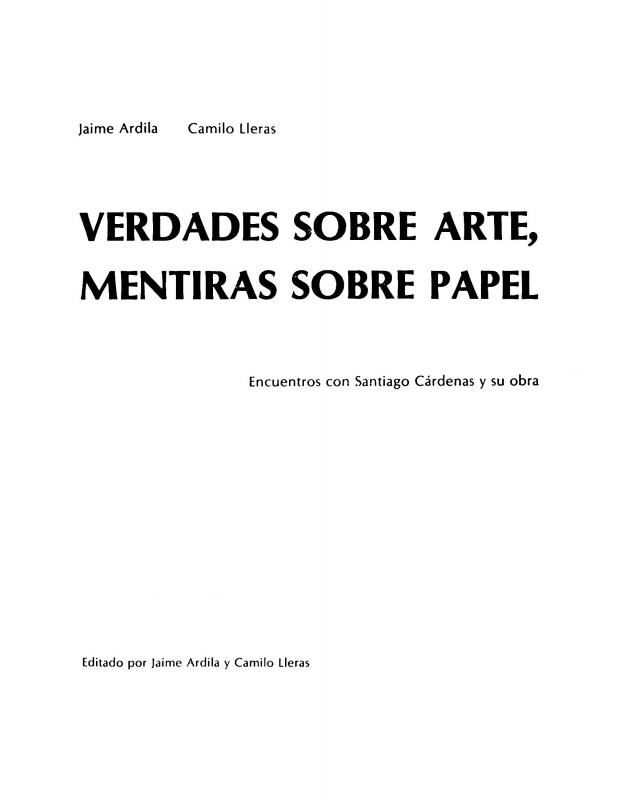The importance of this text, written by the art historian, curator and art critic Eduardo Serrano (b. 1939), lies in showing how the entire body of work produced by Santiago Cárdenas (b. 1937) is expressed in the work Tres Pizarrones. This document emphasizes Cárdenas’s need to integrate common objects into his work, setting symbolism aside, in order to guide the viewers in their exploration of what is real (by which he means anything we can perceive with vision). In Serrano’s opinion, when this work faithfully recreates traces of chalk that has been erased, it seeks to represent “the precise sensation of a blackboard.” The artwork ends up going beyond the reality it aims to reflect.
Serrano makes it explicit that Cárdenas did not use photographic images in executing his work; this is why he goes beyond the denomination “hyperrealistic.” This idea, shared with Marta Traba [see Mirar en Caracas, March 30, 1974), would subsequently be brought to light by several other art critics such as Miguel Huertas (b. 1959), Camilo Lleras (b. 1949) and Jaime Ardila (b. 1942) [see doc. no. 1135806]. Cárdenas creates a link between the works and the space that contains them and challenges the observation capacity of the viewers.
Eduardo Serrano studied anthropology and art history at New York University (NYU). He was a director of the Galería Belarca in Bogotá until 1976. He was also chief curator at the Museo de Arte Moderno in Bogotá (from 1974 to 1994). As of 2010, he was an independent curator, carrying out independent art research.

